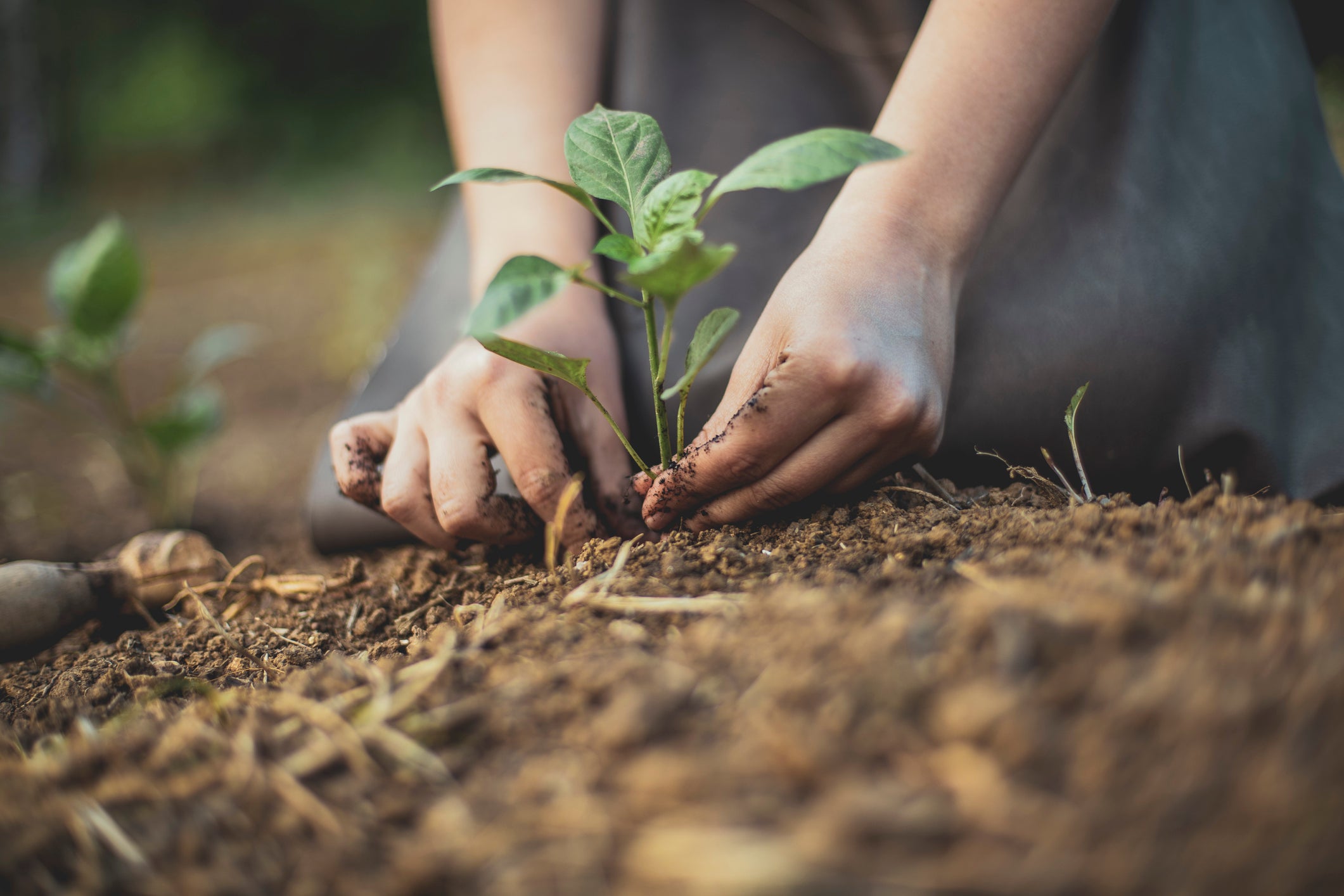How much oxygen do plants produce, and how can you tell how old trees are?
We explore the curious questions that science can answer

How much oxygen do plants produce?
A mature beech tree produces enough oxygen for 10 people every year, and a lawn 35 sq m (300 sq ft) can produce enough oxygen in a week for one person’s daily demand. The Science Museum in Singapore had a fascinating exhibit to show the importance of green plants in producing oxygen and taking up carbon dioxide. It comprised a large fish tank with aquatic plants and fish in the water. Sealed inside the tank, totally enclosed by water, and linked to an oxygen trapping system, was a cage with healthy, vigorous hamsters in it. Food was provided through a sealed tube system, and the only oxygen they received was directly from the water plants in the surrounding tank.
Why do vegetables go soft when you cook them?
All plants are made up of millions of plant cells. Each plant cell is surrounded by a very strong cell wall and adjacent cells are held together by a glue. When you eat a raw vegetable or an unripe piece of fruit, your teeth need to break the glued cells apart and this is what gives you that “crunchy” feeling. Ripening or cooking softens the glue between the cells so that your teeth just slide between the cells.
What are lichens?
A lichen is an association between a fungus and an alga (sometimes a blue-green “alga” which is strictly a blue-green bacterium). Lichens are slow-growing and highly resistant to drying out. Gravestone surveys show that some lichens grow as little as a few millimetres in a century. The alga photosynthesises and produces sugar or alcohols, which the lichen can use as a food source. In turn, the lichen surrounds and protects the alga. Most lichens have evolved special (asexual) reproductive structures which ensure that fungus and alga are dispersed together. Each partner can also reproduce sexually.
Does talking to plants help them grow better? Many people think so, but is there any scientific truth behind it?
It would seem that there may be. Plants grow better when they have more carbon dioxide. The level of carbon dioxide in ordinary air is quite low, but the air we breathe out has a lot more. If you talk to a plant, you breathe on it, giving it extra carbon dioxide. However, to have any real effect, you would probably have to talk to the plant for several hours each day.
How do you tell how old a tree is?
Once a tree has been cut down, the number of annual growth rings seen on the base of the trunk can be used as a measure of the age of the tree. During spring and summer the rate of growth of the tree’s cells is at a peak, and the xylem tissue laid down is made from relatively large, well-spaced cells. In the winter, cell growth is virtually nil – any cell division which occurs results in a narrow dark band of smaller, denser cells. Thus there will be one of these dark growth rings for each growth season.
Join our commenting forum
Join thought-provoking conversations, follow other Independent readers and see their replies
Comments